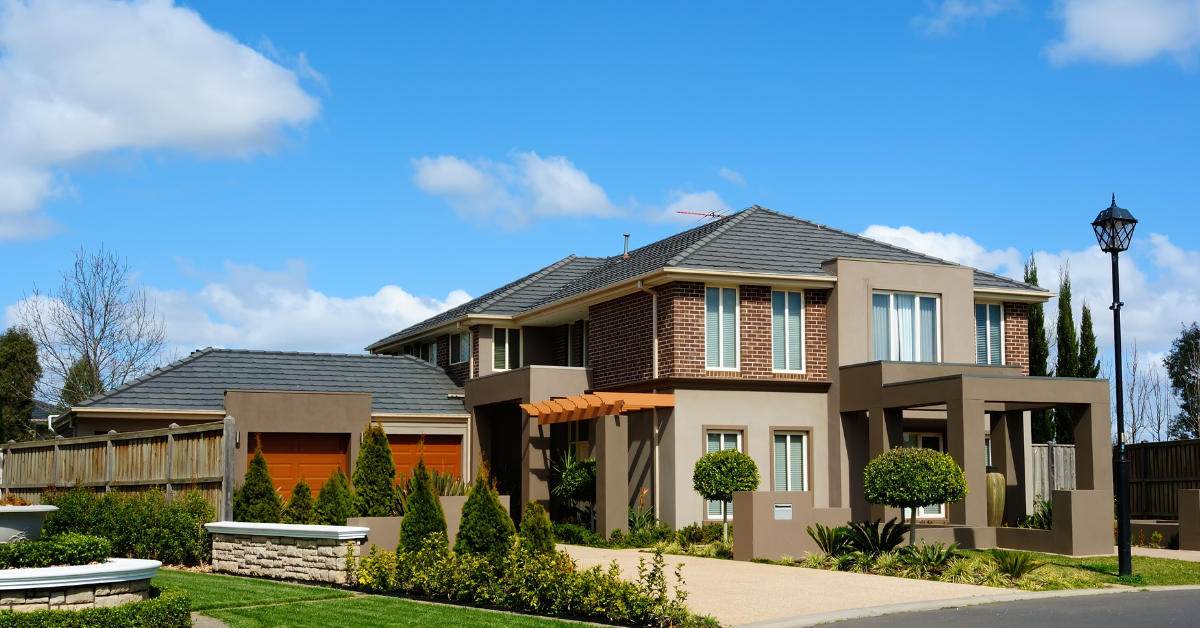The reality of your rental property
Your rental yield could improve by 13 percent.
Have you got a rental property and overwhelmed at tax time knowing what you can and can’t claim? It’s not uncommon for landlords to feel this way with what makes sense in the real world often not making sense for the Australian Tax Office (ATO).
Tax deductions in general can only be made in the period that you rented the property or during the time it was genuinely on the market for rent and actively looking for a tenant. If you are renovating for example, then you may not be able to claim expenses during this period, with some exceptions. A few common problem areas include;
Interest on bank loans
Only the repayments for the investment are deductible and not the loan itself, with some exceptions.
The sharing economy
The deductions made for renting out a room are like that of a rental property with tax deductions claimable for expenses such as the interest on your home loan, professional cleaning, council, insurance etc. However, these need to be in proportion to the lease period and in proportion to proportion of your house rented.
Repairs or maintenance?
Currently the ATO is looking very closely at deductions claimed for repairs and maintenance and is an area of major confusion. Repairs and maintenance can often be claimed independently with the deduction for capital works spread over several years. Repairs are defined as the wear and tear of the property as a result of being tenanted such as replacing fence palings or fixing a broken toilet. However, if looking to replace a whole fence, water system, improvements and extensions this falls under capital works as it goes beyond the general wear and tear.
However, with that said Australia’s renovation industry is profiting from weakened economic conditions and tighter lending standards. The Australian Bureau of Statistics (ABS) December building activity data showed a 6.6 per cent increase in alterations and additions in 2018, with renovation spending in the December quarter alone reaching $2.27 billion.
This indicates homeowners and investors are seeking to improve capital values and increase rental income, rather than purchasing anew. According to Corelogic’s quarterly rental review for 2019, gross rental yields are currently sitting around 4 per cent. In some scenarios however, renovators can achieve a 13 per cent return on their renovation investment.
Sounds a lot right? Let’s look at a case study by BMT Tax Depreciation, where an investor completed a $60,000 renovation.
Investor X purchased a $410,000 residential property in January 2018, originally built in 2004 and producing a rental income of $18,720 a year ($360 per week), producing a rental yield of 4.6 per cent.
In 2018 Investor X installed a new kitchen and appliances, split system air conditioner, blinds, lights, carpets and bathroom.
Post-renovation the property was now worth $565,000 and the rental income is now $26,520 per year ($510 per week).
Prior to the renovation Investor X was experiencing an annual cash loss of $1,207. Now, they have increased their rental income by $150, achieving a 13 per cent yield to their renovation costs and have a positive cash flow of $5,261.
This example shows the dream, it is important to be aware of some tips and traps. Choosing which assets to install can make a huge difference to what can be claimed upon completion of the renovation. Investors should stick to a budget when selecting items as it is easy to overcapitalise.
If all this just got you more confused, don’t hesitate to speak to your PrimeAccountant and make your property work for you, 02 9415 1511 or email us.







